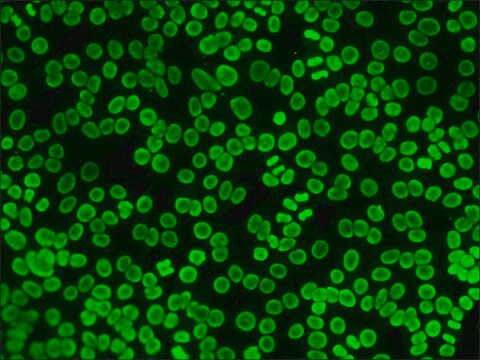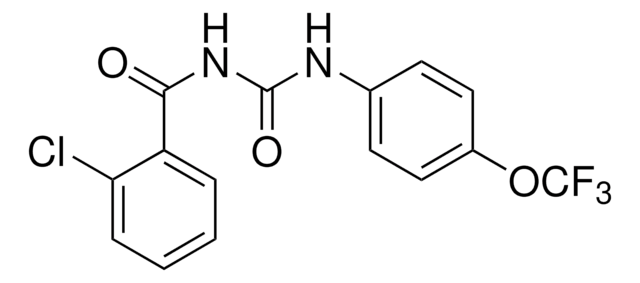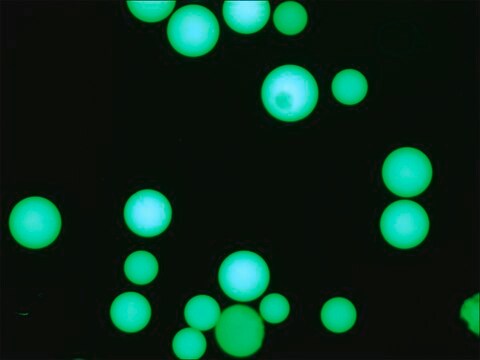F3512
Anti-Human IgG (whole molecule)−FITC antibody produced in goat
IgG fraction of antiserum, buffered aqueous solution
Sinónimos:
Goat Anti-Human IgG (whole molecule)−Fluorescein isothiocyanate
About This Item
Productos recomendados
biological source
goat
Quality Level
conjugate
FITC conjugate
antibody form
IgG fraction of antiserum
antibody product type
secondary antibodies
clone
polyclonal
form
buffered aqueous solution
storage condition
protect from light
technique(s)
immunofluorescence: 1:32-1:64 using Hep2 cells
storage temp.
−20°C
target post-translational modification
unmodified
General description
Immunogen
Application
- in nucleolar staining
- in single color fluorescent labeling for the detection of lytically induced cells
- to detect the model antigen
- in immunohistochemistry
- in immunofluorescence
Physical form
Disclaimer
¿No encuentra el producto adecuado?
Pruebe nuestro Herramienta de selección de productos.
Storage Class
10 - Combustible liquids
wgk_germany
nwg
flash_point_f
Not applicable
flash_point_c
Not applicable
ppe
Eyeshields, Gloves, multi-purpose combination respirator cartridge (US)
Certificados de análisis (COA)
Busque Certificados de análisis (COA) introduciendo el número de lote del producto. Los números de lote se encuentran en la etiqueta del producto después de las palabras «Lot» o «Batch»
¿Ya tiene este producto?
Encuentre la documentación para los productos que ha comprado recientemente en la Biblioteca de documentos.
Los clientes también vieron
Nuestro equipo de científicos tiene experiencia en todas las áreas de investigación: Ciencias de la vida, Ciencia de los materiales, Síntesis química, Cromatografía, Analítica y muchas otras.
Póngase en contacto con el Servicio técnico








